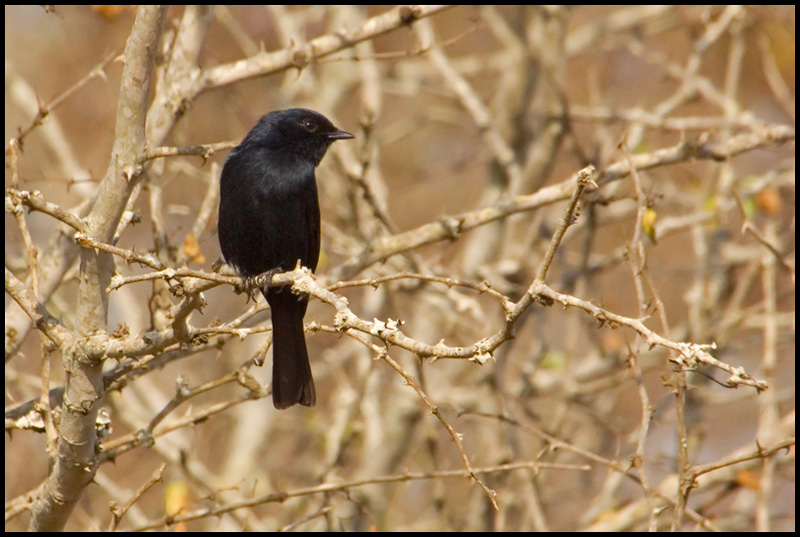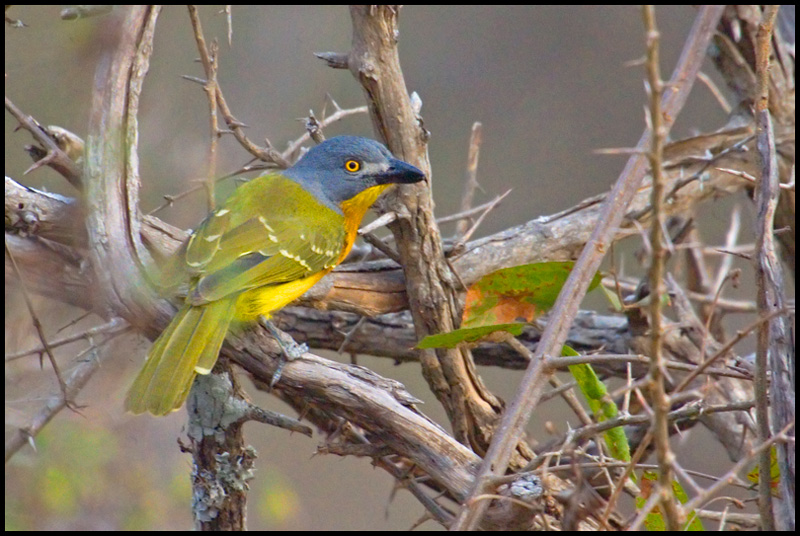Para llegar hasta el famoso Kruger National Park desde iSimangaliso es necesario cruzar Suazilandia (actualmente eSwatini). Como el trayecto era bastante largo, decidimos pasar un par de noches por en medio, concretamente en el Hlane National Park en Suazilandia. Anteriormente fue un rico terreno de caza real, aunque actualmente se encuentra protegido como parque nacional. Fue declarado en 1967, bajo el reinado del Rey Sobhuza II de Suazilandia , y es manejado por Big Game Parks, un organismo de carácter privado. Este parque de 22.000 ha alberga aún una rica fauna, con especies como el león, el elefante de sabana, diversas especies de buitre o el marabú. Hlane incluye áreas en la que es posible conducir uno mismo, y otras en las que el acceso es limitado, siendo únicamente posible entrar con excursiones guiadas. La zona donde se encuentras los leones es precisamente una de ellas.
To arrive to the famous Kruger National Park from iSimangaliso it is necessary to cross Swaziland (now eSwatini). As the trip was quite long, we decided to spend a couple of nights in the middle, specifically in the Hlane National Park in Swaziland. Previously this area was a rich royal hunting ground, although it is currently protected as a national park. It was declared in 1967, under the reign of King Sobhuza II of Swaziland, and is managed by Big Game Parks, a private agency. This park of 22,000 ha still houses a rich fauna, with species such as the lion, the savanna elephant, various species of vulture or the marabou. Hlane includes areas in which it is possible to drive by yourself, and others in which access is limited, being only possible to enter with guided tours. The area where the lions are is precisely one of them.
La crónica completa del viaje en eBird, incluyendo el mapa y la lista de aves observadas, se puede obtener pinchando en este enlace.
The complete eBird trip report, including map and the list of bird species can be seen in this link.
Route through South Africa and eSwatini. Location 14 corresponds to Hlane National Park
eSwatini (Swaziland) (small houses in route to Hlane National Park)
Estuvimos alojados en el Ndlovu Camp, donde llegamos al atardecer. Consta de camping y de una serie de pequeñas cabañas (sin electricidad), y, además, cuenta con restaurante y una tienda. Desde aquí salen las excursiones organizadas. Desde un lateral del campamento se divisa una pequeña balsa donde se encuentran algunos rinocerontes blancos y varios hipopótamos. El campo tiene, tanto dentro como alrededor, abundante vegetación, lo cual atrae una considerable variedad de especies.
We stayed at the Ndlovu Camp, where we arrived at sunset. This camp consists of a camping and several small cabins (no electricity). In addition, it also has a restaurant and a shop. From here depart all organized tours. From the camp it is possible to see a small pond, where white rhinos and several hippos rest every day. The camp has, both inside and around, abundant vegetation, which attracts a considerable variety of species.
Hlane National Park map (in blue, route out of the Introductory Area)
Al amanecer del día 17 teníamos reservada una salida para ver los leones y elefantes. Estos se encuentran en la zona que denominan "Introductory Area", que es una amplia zona delimitada con vallas donde se encuentras las especies en peligro, como los leones, elefantes y los rinocerontes blancos. Por esta zona no se puede circular libremente (sólo atravesarla para llegar a la zona de circulación libre). A mi me dio un poco la sensación de tratarse de un zoológico, ya que las especies están en semilibertad dentro de diferentes zonas valladas.
At dawn on the August 17th we had reserved a tour to see lions and elephants. These species are found in the area known as "Introductory Area", which is a large area enclosed with fences where the endangered species, as lions, elephants and white rhinos, can be found. It is now allowed to drive by yourself (just to cross it to reach the free circulation zone). This area gave me the feeling of being a zoo, since the species are semi-freedom within different fenced areas.
Introductory Area (Hlane National Park) map
Al finalizar la salida volvimos al Ndlovu Camp, ya que teníamos que cambiar de cabaña. Aproveché la ocasión para fotografiar algunas especies que estaban bebiendo de un pequeño charco.
Once we finished the tour, we returned to Ndlovu Camp, since we had to change our cabin. This gave me the opportunity to photograph some species that were drinking from a small puddle.
A continuación cogimos nuestro coche y nos dedicamos a recorrer las zonas del parque a las que sí se podía acceder libremente. Primero nos dirigimos hacia el sur, para llegar al Mahlindza Waterhole, donde sabíamos que acudían los grandes mamíferos a beber y hay un observatorio de aves. Pudimos ver, entre otras especies, impalas, nialas, cigüeña lanuda africana, buitre dorsiblanco africano y tocos coronados.
Then we took our car and we drove through the areas of the park that were freely accessible. First we headed south, to reach the Mahlindza Waterhole, where we knew that large mammals came to drink and there is a bird observatory. We managed to see, among other species, common impala, nyala, african woollyneck, white-backed vulture and crowned hornbill.
Al mediodía volvimos a comer al Ndlovu Camp. Allí aprovechamos para volver a visitar la charquita y disfrutar con los hipopótamos y rinocerontes blancos.
At noon we came back to the Ndlovu Camp to have lunch. There we visited again the pond and enjoyed with white hippos and rhinos.
Tras el descanso, volvimos a coger el coche, esta vez en dirección norte y hacia el Bhubesi Camp. En el trayecto vimos algún elefante más, impalas y varias aves, pero me pareció más interesante la zona del Mahlindza Waterhole.
After the break, we took the car again, this time northbound and towards the Bhubesi Camp. On the way we saw some more elephant, impalas and several birds, but I found the area of the Mahlindza Waterhole more interesting than this other.
Y para acabar el día, una vuelta por el campamento permitió ver algunas especies interesantes, como pito namaqua, gorrión sudafricano, zorzal de Kurrichane, o gladiador cabecigrís.
And to end the journey, a walk through the camp allowed me to see some interesting species, such as bearded woodpecker, southern grey-headed sparrow, Kurrichane Thrush, or grey-headed bush-shrike.
La lista completa de especies observadas en el Ndlovu Camp el día 16 de agosto (16 especies de aves y 4 de mamíferos) y su localización puede encontrarse en este enlace. Las observadas el día 17 en todo el Hlane National Park (51 especies de aves y 11 de mamíferos) pueden observarse en este otro.
The complete list of species observed in Ndlovu Camp on August 16th (16 bird species, 4 of mammals) and its location can be seen in this link. Those seen on August 17th in all the Hlane National Park (51 bird species and 11 of mammals) can be found in this other.
























































